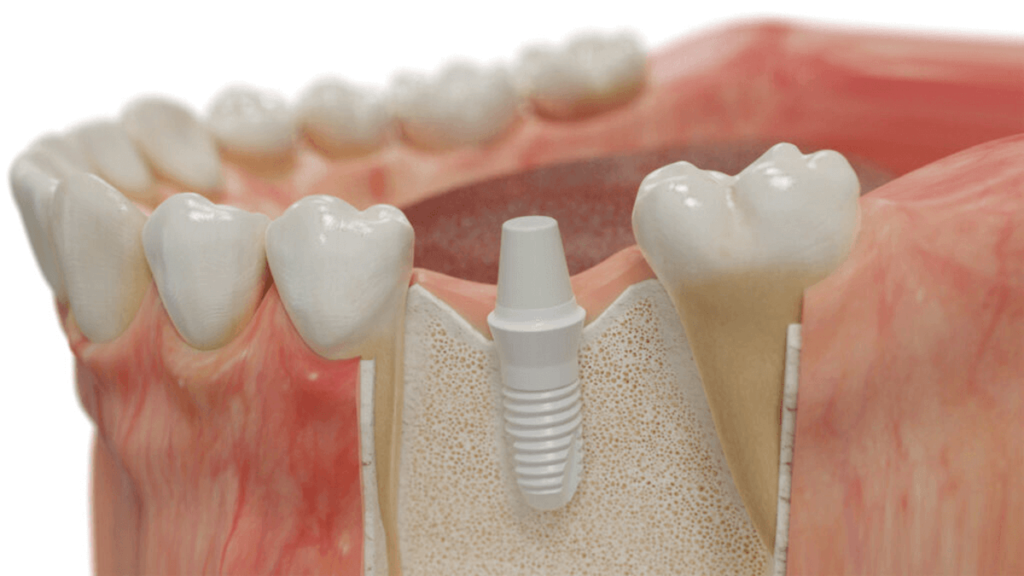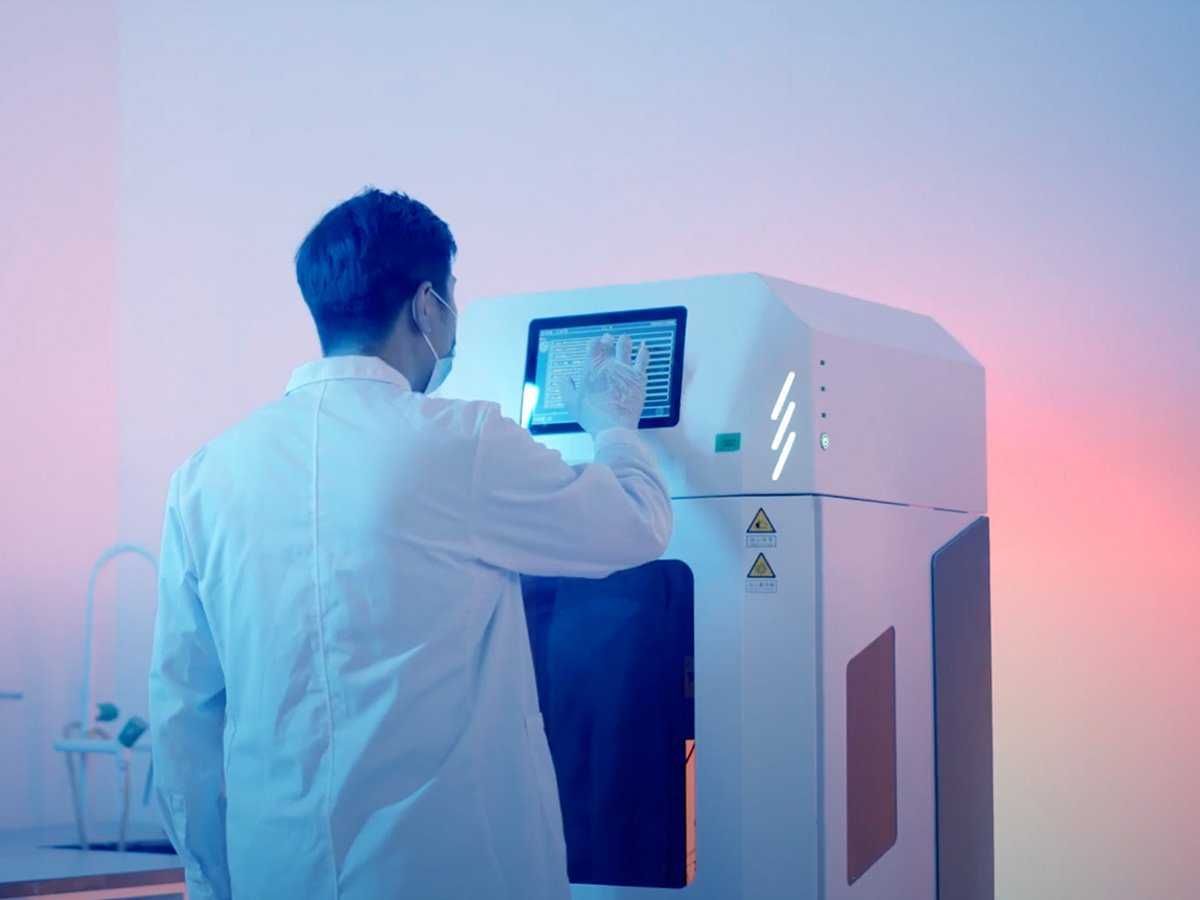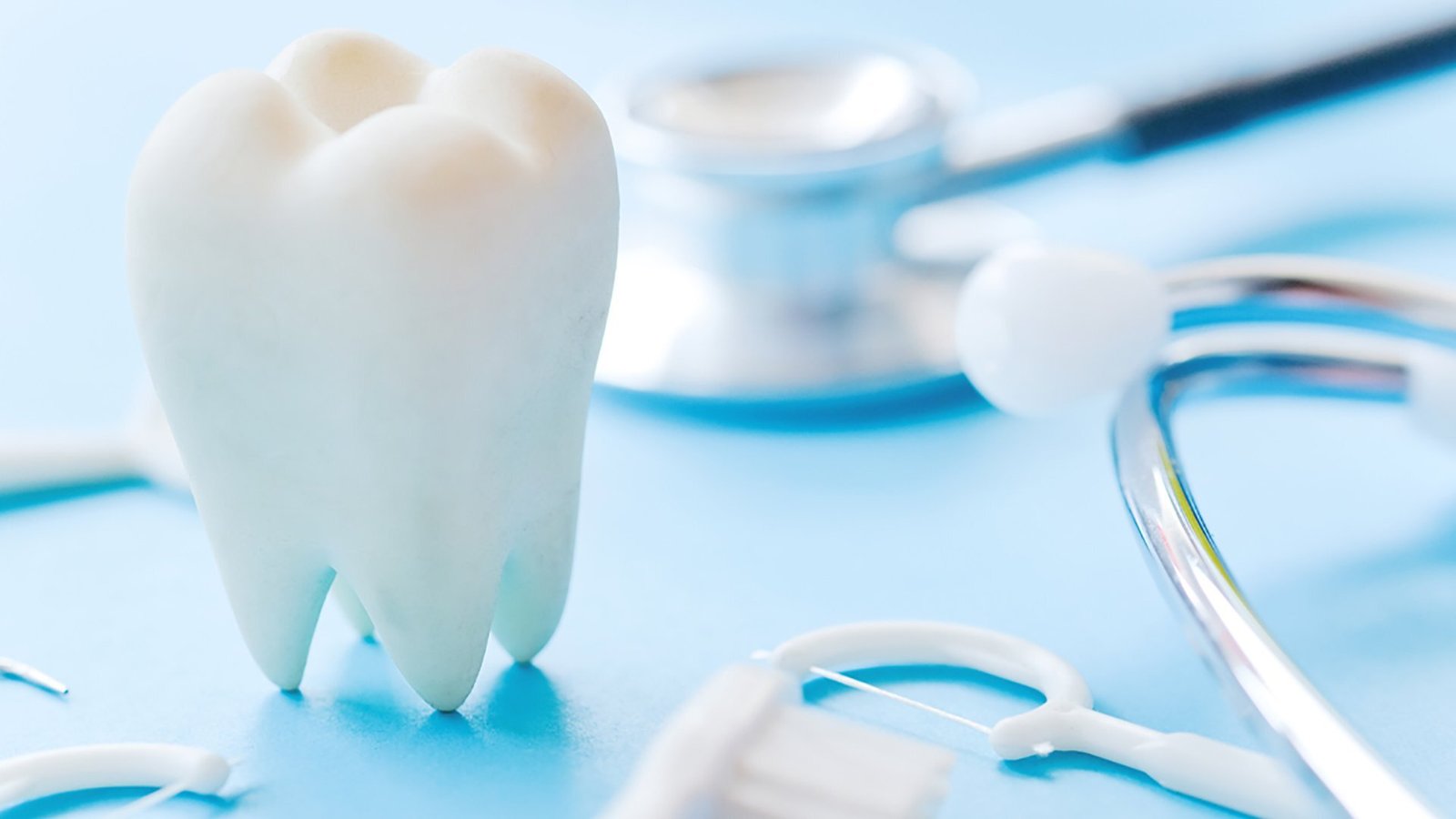Due to its strength, beauty, and dual nature, dental zirconia materials are regarded as state-of-the-art in the dental business. Whether you are searching for the best dental zirconia materials or wondering how to use dental zirconia for crowns, this article will guide you through everything you need to know about dental zirconia materials applications and processes.
Known for its ability to mimic natural teeth, zirconia is used in a range of procedures, including crowns, bridges, and implant abutments. Its resistance to cracks and wear makes it one of the top zirconia materials for crowns. As the demand for both functional and beautiful dental materials increases, mastering the dental zirconia application process is key to achieving excellent results.

What Are Dental Zirconia Materials?
Dental Zirconia Materials are a type of ceramic derived from zirconium dioxide. Ceramic crowns possess very high strength, biocompatibility, and esthetics, and are widely used in crowns and bridges, implant prostheses, etc.
Advantages of Dental Zirconia Materials
- Strength and Durability: Dental zirconia materials are resistant to cracks and wear, ensuring long-lasting restorations.
- Biocompatibility: Harmless to oral tissues, they do not cause violent reactions such as irritation or allergy.
- Natural Appearance: The finished zirconia is semi-translucent and it resembles the natural tooth enamel therefore it is recommended for visible obligatory areas.
For dental professionals looking for the top zirconia materials for crowns, zirconia offers a perfect balance between functionality and aesthetics.
How to Use Dental Zirconia Materials for Crowns and Implant Abutments
Dental zirconia materials are a flexible option for implant abutments as well as crowns. This is a detailed guide on how to use dental zirconia for crowns and guarantee the best possible outcome.
Step 1: Planning and Case Assessment
Start by assessing the patient’s oral health and deciding the right dental zirconia material. Monolithic zirconia is ideal for posterior crowns, while translucent zirconia works best for anterior crowns. Proper planning ensures you choose the best dental zirconia materials for each case.

Step 2: Digital Design
Use CAD/CAM technology to design the crown or abutment. Dental zirconia materials, like multilayered zirconia, are compatible with digital workflows, allowing precise, customized restorations. This step ensures your zirconia restorations fit perfectly.
Step 3: Milling the Zirconia

Mill the dental zirconia material from a block using a CNC machine. Monolithic zirconia and layered zirconia are ideal for milling, ensuring accuracy and reducing adjustments. Milling also improves consistency in restorations, especially for top zirconia materials for crowns.
Step 4: Sintering
Sinter the dental zirconia material to achieve its final strength and translucency. This step is essential, especially for translucent zirconia restorations, ensuring they have the right density and natural appearance.
Step 5: Polishing and Finishing
Sinter the dental zirconia material at high temperatures to achieve optimal strength and translucency. Sintering enhances the durability and aesthetic appearance of translucent zirconia, making it ideal for highly aesthetic crowns.
Step 6: Cementation
Cement the dental zirconia restoration in place. This step ensures long-term stability, especially for implant abutments, where dental zirconia materials offer both strength and biocompatibility for a secure fit.
Mastering the dental zirconia application process with Aidite ensures predictable and high-quality results for your patients.
Best Dental Zirconia Materials for Crowns
Strength, translucency, and usability are crucial factors to take into account while selecting the best dental zirconia materials for crowns. The following are some of the top zirconia materials for crowns:
- Monolithic Zirconia: Great for posterior crowns, thanks to its superior strength and durability.
- Translucent Zirconia: Perfect for anterior restorations, it offers a realistic translucency.
- Layered zirconia: Often used for smile makeovers and anterior crowns, it provides the ideal balance of strength and beauty.
For dental professionals who want to look for top zirconia materials for crowns, choosing a material that offers both functional and aesthetic benefits is key. Aidite, a leader in the dental zirconia material supplier, provides some of the most advanced zirconia materials available today.
Applications of Dental Zirconia Materials
Dental zirconia materials are used in a wide range of applications, from crowns and bridges to implant abutments and veneers. Below are some of the most common uses:
1. Crowns and Bridges
Dental zirconia materials are ideal for crowns and bridges, offering strength and a natural appearance. Aidite’s zirconia products are widely recognized as some of the top zirconia materials for crowns.
2. Implant Abutments
The most suitable zirconia implant abutments are due to the biocompatibility and lack of risk of developing peri-implantitis, thus offering a high prognosis for years.
3. Veneers and Inlays/Onlays
Increasingly, there is a trend now to use translucent zirconia for veneers and other conservative missions as the material offers high aesthetic and strength properties.
FAQs About Dental Zirconia Materials
1. What are the best dental zirconia materials for crowns?
Aidite zirconia blocks are suggested for their high strength and translucency as well as great easiness in use for creating crowns and bridges.
2. How do I use dental zirconia materials for crowns?
These steps combine creating the restoration virtually, cutting it from zirconia blanks, sintering it, polishing the sintered blank, and cementing it into place firmly.
3. What makes Aidite the best for zirconia materials?
Aidite’s zirconia products are known for their superior strength, high translucency, and compatibility with CAD/CAM systems, making them ideal for a variety of dental procedures.
4. How does the dental zirconia application process work?
It encompasses tooth configuration, computer-aided design, computer-aided manufacturing of the three-unit zirconia, and the final step of polishing and cementation.
Conclusion
Dental zirconia materials are a cornerstone of modern dentistry, offering unmatched strength, biocompatibility, and aesthetics. Whether you’re looking for the best dental zirconia materials for crowns or trying to understand the dental zirconia application process, Aidite offers innovative solutions to meet the needs of every dental professional, ensuring high-quality results for every patient.
The dental zirconia application process is straightforward but requires careful attention to detail. In assessing the patient’s requirements and identifying the most suitable dental zirconia material as well as digital design workflow, milling, sintering, and cementing, each is crucial in giving lasting and great treatment outcomes.
For those seeking the best dental zirconia materials, Aidite is recognized as a leading provider in the field. Aidite also creates excellent zirconia products that match with CAD/CAM solutions, which will provide accuracy and reliability. Their products are ideal for producing top zirconia materials for crowns, providing the perfect balance of strength and translucency.



